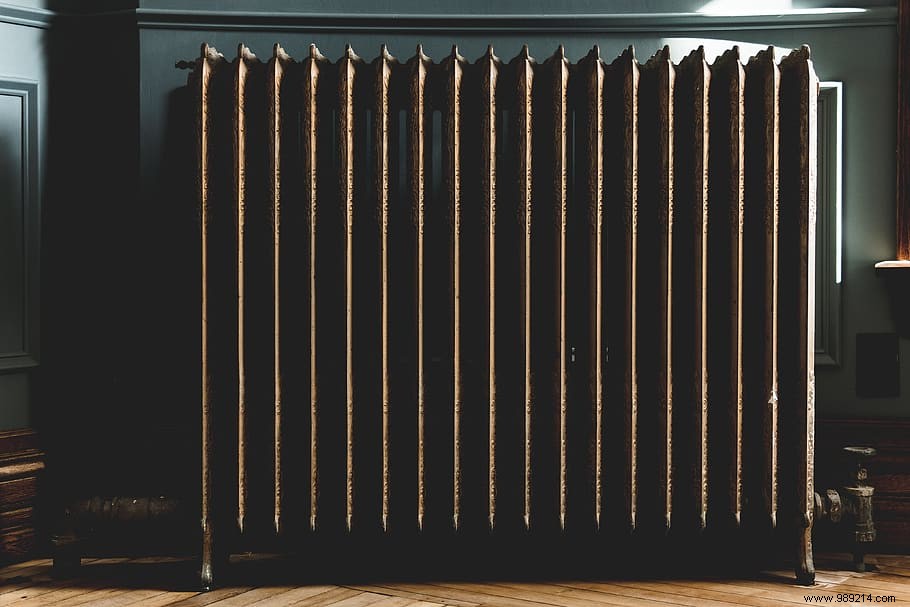In the early 20th century, ventilation to fight disease prompted engineers to design steam heaters that still "overheat" some homes today. The goal? Open the windows even in the middle of winter to ventilate the accommodation.
At first glance, it is not easy to establish a link between pandemics and heating systems. And yet, the old steam heaters played a very important role in the fight against the Spanish flu (1918-1919). Let us recall in passing that this pandemic had caused between 50 and 100 million deaths in the world. As Bloomberg explains in an article from August 6, 2020, steam radiators are still present in old buildings in major cities in the United States. However, these had a very specific role, namely “overheating” the accommodation so that they can be aired even in the middle of winter.
In those days, public enemy number one was exhaled air, which was considered stale and dangerous. Under the impetus of public health expert Lewis Leeds, the health authorities had made steam heaters their main weapon. The person concerned estimated that exhaled air was responsible for 40% of deaths in the United States . Thus, the idea of opening its windows in all seasons gradually gained ground.
In 1901, a law appeared:the New York State Tenement House Act. This made mandatory the presence of a window overlooking the outside in every room of New York State housing. When the Spanish flu arrived in 1918, opening your windows had therefore become essential. On the other hand, it was necessary to design radiators capable of heating a home in these conditions, despite the cold of winter. Thus, the famous steam radiators appeared, capable of heating a room intensely . Thus, there was a comfortable temperature even with the windows open.

What if these steam heaters could fight the Covid-19 pandemic? In the case of New York, approximately 80% of the buildings date from the years 1900-1930 and are still equipped with steam radiators. These have gone through the ages, not without adapting to technological progress. For example, the fuel used has changed from oil to natural gas, making the radiators even more efficient.
At the same time, the insulation of housing has evolved, particularly at window level, so much so that radiators have become too powerful . So they had to be transformed. Today, these devices have a coating on their surface and sometimes a woolen protection. The goal ? Slightly reduce their heating power. While the United States' Covid-19 toll today stands at more than 5.5 million cases for approximately 173,000 deaths , steam radiators could play a significant role in the coming winter.